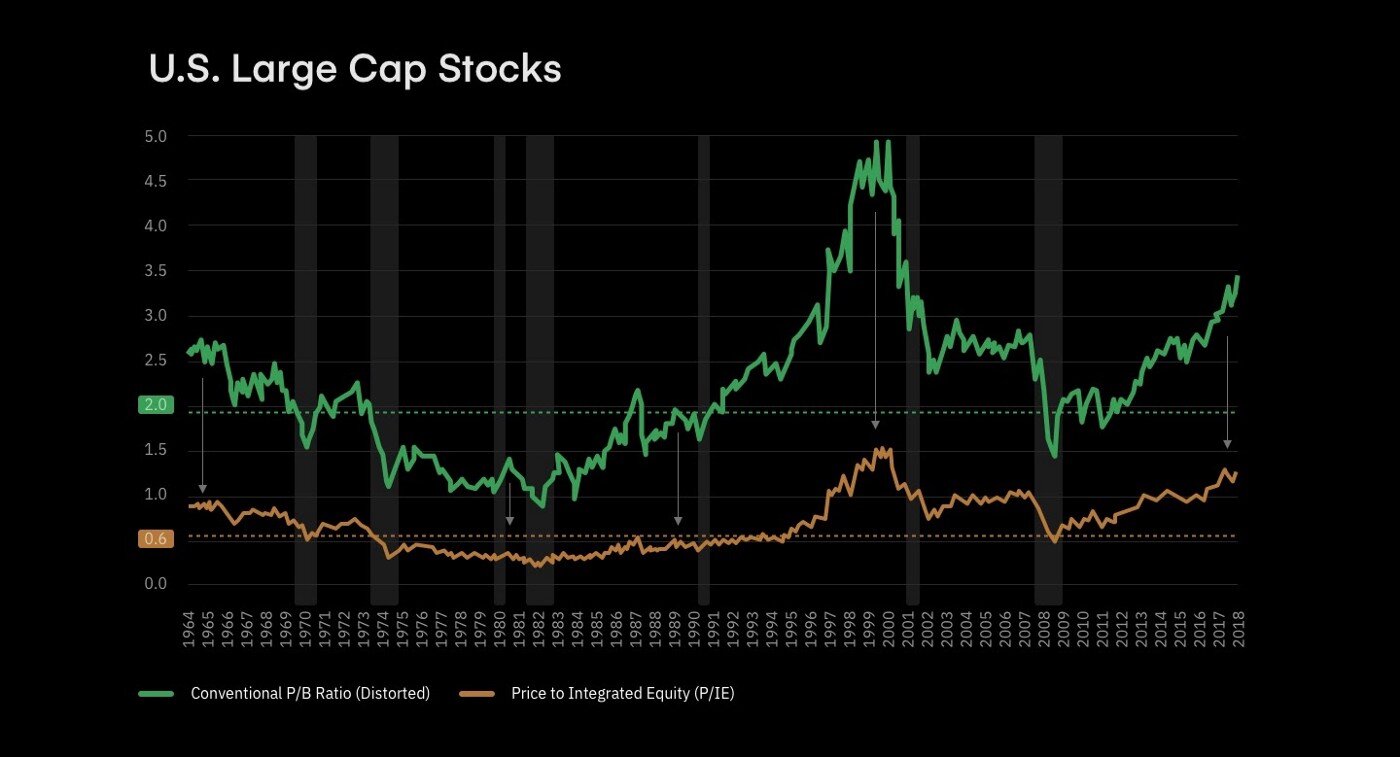The Earnings Mirage: A Review By Hum Capital’s Quant Team
The Quant Team at Hum Capital selected “The Earnings Mirage,” by the team at O’Shaughnessy Asset Management (“OSAM”), as its top research article for last year. The selection comes as no surprise given our team’s interest in the amazing body of work of OSAM’s founder, Jim O’Shaughnessy. From Jim’s seminal book, What Works on Wallstreet, to his excellent, more recent publications like The New Rules for Investing Now, we at Hum Capital recognize Jim as one of the early and most forward-looking quants of his time.
“The Earnings Mirage” sums up the effect of inflation on the value of a company’s assets and its net income. Especially in highly inflationary periods, the value of a company’s in-place assets tends to increase over time because the replacement cost of these assets increases as prices rise throughout the economy.
Although the true economic value of the assets increases, the book value of the assets under GAAP does not but remains constant. It may be difficult for Millenials to conceptualize this, but in the 1970s and 1980s inflation in the US often reached double digits year after year. This caused the value of companies’ in-place assets to skyrocket and increased the replacement cost of these assets when they wore out or when companies sought to buy new assets to expand their operations. Yet the book values of the companies under GAAP failed to account for these most real economic effects, and the book values of in-place assets either remained constant (for assets that did not depreciate or amortize) or gradually declined (accounting for amortization and depreciation).
Furthermore, as a result of the earnings mirage, net income is overreported because net income should account for amortization and depreciation, which would be higher if they reflected the true economic value of a business’s assets. Since net income was overstated and book value understated, traditional accounting metrics, like return on equity, tend to be grossly out of line with the economic reality of business operations, especially in asset-intensive fields like real estate or oil exploration and production. The OSAM team estimates that for asset-heavy operations, such as Caterpillar, the difference between ROE and the true net income over the true asset value is as much as 6% — cutting Caterpillar’s ROE in half!

Figure 1 by OSAM: Demonstrating downward adjustment of US large-cap stocks to account for the impact of inflation on GAAP financial statements.
Our quants dug into the “Earnings Mirage” and explored its effects on the credit facilities that we develop and fine-tune with our data-based approach. The profitability gap identified in the white paper suggests that a highly enlightening phenomenon is at work that affects asset-backed and cash-flow-based credit facilities quite differently.
In the case of asset-backed loans, creditworthiness is actually helped by the earnings mirage. As assets grow in true economic value (especially for land and other assets that maintain their value over time and do not wear out or require replacement), the Hum Capital team can structure asset-backed loans at higher advanced rates and with more aggressive terms than other less sophisticated lenders, because we know that these loans are backed by assets that have higher economic value than what is reflected on the company’s books.
A member of our Quant Team remembered that in 1985, Sir James Goldsmith took over the Crown Zellerback timber company, whose vast timber assets were carried at $12.5M on its balance sheet but in fact were worth over $900M. When engaging in asset-backed lending, we at Hum Capital are similarly keen on discovering the true economic value of assets and key the terms of our facilities to those values. The “Earnings Mirage” shows how this approach can ensure that the terms that we provide to our borrowers are fair and always reflect the actual creditworthiness of a facility, rather than unfair to borrowers because of erroneous accounting rules.
Conversely, in the case of cash-flow-based lending, the effect of the credit facilities is on net negative. At Hum Capital, however, we are focused on verticals including SaaS and e-commerce, which are largely asset-lite. As a result, unlike a cash-flow-based loan to Caterpillar, the profit and cash flows of our borrowers are not overstated by the profitability gap.
Indeed, we believe that our borrowers are much more creditworthy than less sophisticated lenders realize. Businesses with asset-lite operations are often able to devote substantial spending to sales and marketing, which fuels the return on investment for these businesses by bringing in new customers, and creates higher recurring revenue. Since these businesses often have low churn rates, the lifetime value of these customers is much higher than the acquisition costs, and their multiple of invested capital is high and often even better as the businesses continue to scale. The excellent economics of these businesses is not a mirage at all, but rather a reality that is not fully appreciated by GAAP (and therefore ignored by many lenders we see in the marketplace).
The Quant Team at Hum Capital is continually studying the economic data so that we can update our models and provide credit facilities based on the true economics of a company’s operations. By reading the works of brilliant analysis and reflecting the latest research in our economic models, we hone Hum Capital’s Intelligent Capital Market (ICM) to ensure that it produces the best possible terms for our new borrowers.
To check under the hood of The ICM, chat with the Quant Team, or set up a call to see if you qualify for a loan, please get in touch with us here.


